Tian'anmen(the Gate of Heavenly Peace), is located in the center of Beijing. It was first built in 1417 and named Chengtianmen(the Gate of Heavenly Succession)。 At the end of the Ming Dynasty, it was seriously damaged by war. When it was rebuilt under the Qing in 1651, it was renamed Tian'anmen,and served as the main entrance to the Imperial City,the administrative and residential quarters for court officials and retainers. The southern sections of the Imperial City wall still stand on both sides of the Gate. The tower at the top of the gate is nine-room wide and five–room deep. According to the Book of Changes,the two numbers nine and five,when combined,symbolize the supreme status of a sovereign. During the Ming and Qing dynasties, Tian'anmen was the place where state ceremonies took place. The most important one of them was the issuing of imperial edicts, which followed these steps:1) The Minister of Rites would receive the edict in Taihedian(Hall of Supreme Harmony),where the Emperor was holding his court. The minister would then carry the decree on a yunpan(tray of cloud),and withdraw from the hall via Taihemen(Gate of supreme Harmony)2)The Minister would put the tray in a miniature longting(dragon pavilion)。 Beneath a yellow umbrella and carry it via Wumen(Meridian Gate),to Tian'anmen Gate tower. 3)A courtier would be invested to proclaim the edict. The civil and military officials lining both sides of the gateway beneath the tower would prostrate themselves in the direction of the emperor in waiting for the decree to the proclaimed.3)The courtier would then put the edict in a phoenix-shaped wooden box and lower it from the tower by means of a silk cord. The document would finally be carried in a similar tray of cloud under a yellow umbrella to the Ministry of Rites.4)The edict,copied on yellow paper,would be made known to the whole country. Such a process was historically recorded as " Imperial Edict Issued by Golden Phoenix". During the Ming and Qing dynasties Tian'anmen was the most important passage. It was this gate that the Emperor and his retinue would go through on their way to the altars for ritual and religious activities.On the Westside of Tian'anmen stands ZhongshanPark(Dr. Sun Yat-sen's Park),and on the east side,the Working People's Cultural Palace. The Park was formerly called Shejitan(Altar of Land and Grain),built in 1420 for offering sacrificial items to the God of Land. It was opened to the public as a park in 1914 and its name was changed in 1928 to the present one in memory of the great pioneer of the Chinese Democratic Revolution. The Working People's Cultural Palace used to be Taimiao(the Supreme Ancestral Temple),where tablets of the deceased dynastic rulers were kept.The stream in front of Tian'anmen is called Waijinshuihe(Outer Golden River),with seven marble bridges spanning over it . Of these seven bridges,historical records say the middle one was for the exclusive use of the emperor and was accordingly called Yuluqiao(Imperial Bridge)。 The bridges flanking it on either side were meant for the members of the royal family and were therefore called Wanggongqiao(Royal's Bridges)。Farther away on each side of the two were bridges for officials ranking above the third order and were named Pinjiqiao(ministerial Bridges)。The remaining two bridges were for the use by the retinue below the third order and were called Gongshengqiao(common Bridges)。They are the one in front of the Supreme Ancestral Temple to the east and the one in front of the Altar of land and Grain to the west.The two stone lions by the Gate of Tian'anmen,one on each side were meant as sentries. They gaze toward the middle axis,guarding the emperor's walkway. In front of the gate stands a pair of marble columns called Huabiao. They are elaborately cut in bas-relief following the pattern of a legendary dragon. Behind the gate stands another pair of similar columns. The story of Huabiao may be traced to a couple of sources. One of the versions accredits its invention to one of the Chinese sage kings named Yao,who was said to have set up a wooden pillar in order to allow the ordinary people to expose evil-doers, hence it was originally called a slander pillar. Later it was reduced to a signpost,and now it serves as an ornament.The beast sitting on the top of the column is called "hou",a legendary animal,which is said to have been a watcher of an emperor's behaviour. He was doing such duties as warning the emperor against staying too long outside the palace or indulging in pleasure and urging him to go to the people for their complaints or return in due time. Therefore,the two pairs of beasts were given the names "Wangjunhui"(Expecting the emperor's coming back) and "wangjunchu"(Expecting the emperor's going out) respectively。
编辑推荐:

温馨提示:因考试政策、内容不断变化与调整,长理培训网站提供的以上信息仅供参考,如有异议,请考生以权威部门公布的内容为准! (责任编辑:长理培训)








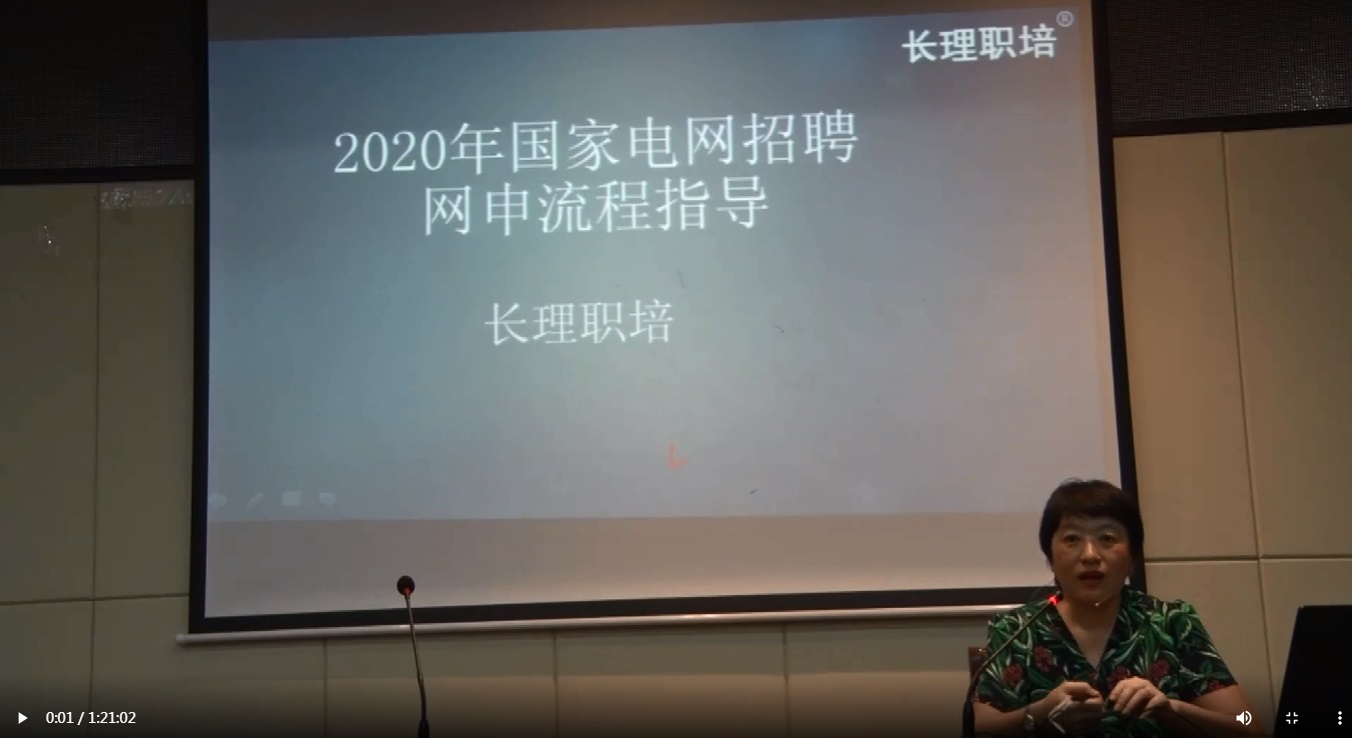


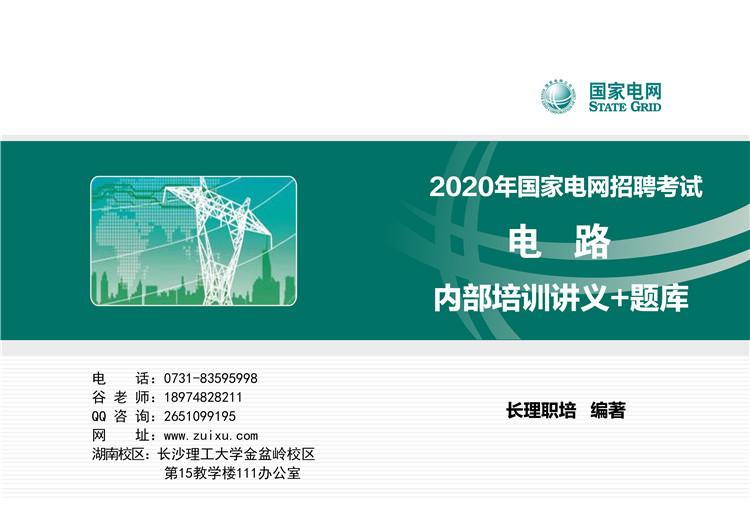

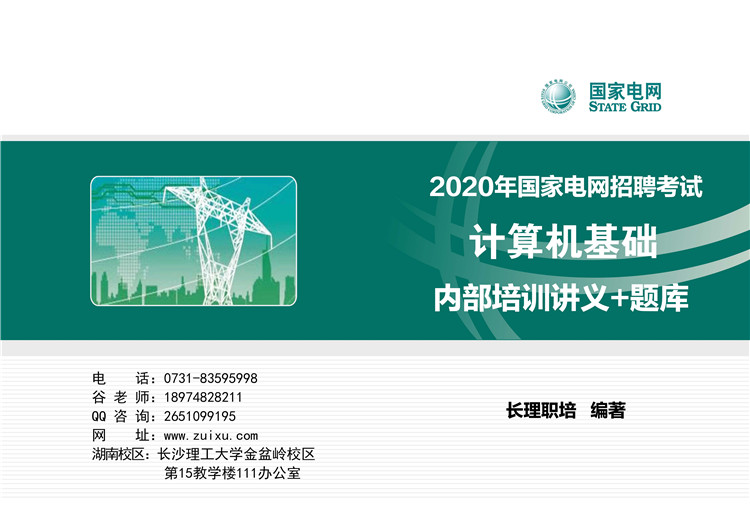


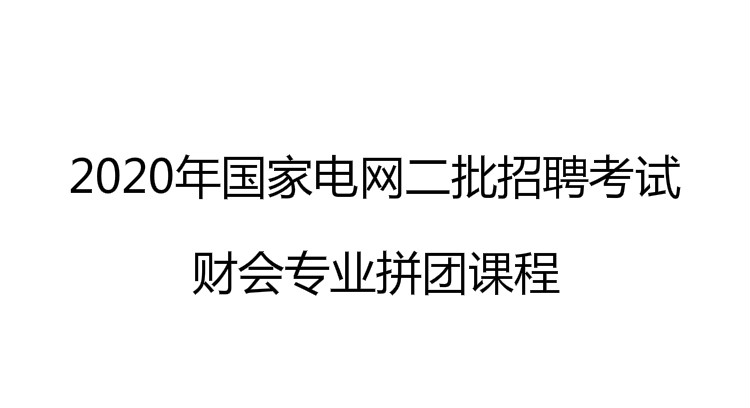
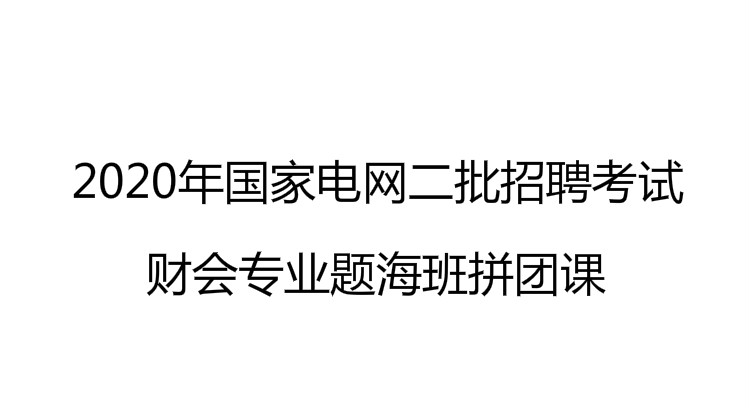
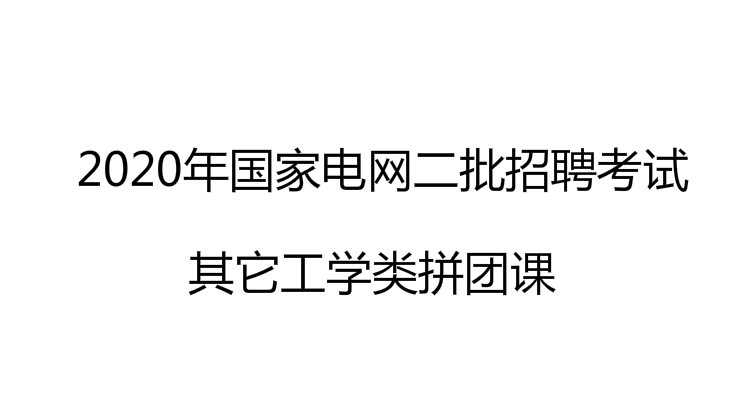



点击加载更多评论>>